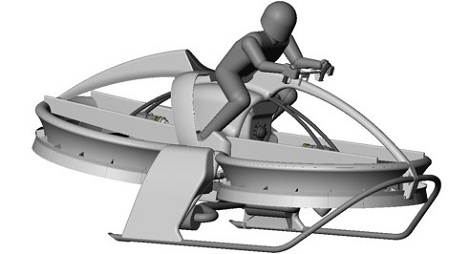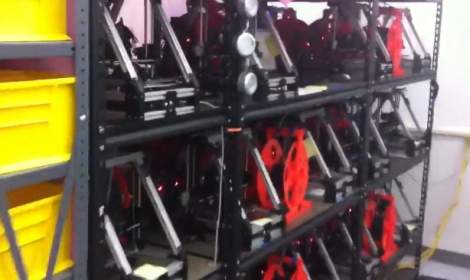
In case you’ve forgotten about it, we still have a retro edition of Hackaday. It’s our simple, hand-coded HTML site featuring a few random hacks from Hackaday’s 8-year history. There’s also a retro successes page where our readers can log on with their old boxxen and claim their prize as a master of retrocomputing. Here’s a few retro successes that came in over the past month or so:
Our second OS/2 Warp submission comes from [Chris]. He got an HP Omnibook 800CT running OS/2 Warp 4 to load up our retro site.
A few of you may be wondering what the upper bound of what we consider a retro computer is. [Witek] used a Wyse thin client from the year 2000 to pull up our retro edition. These terrible computers used a Compact Flash card plugged directly into an IDE port to load up Windows CE. Yeah, it’s technically a SSD. [Witek] put the GRUB bootloader on one and loaded up our retro edition with Debian Squeeze. We have too many bad memories of these thin clients, and we’ve got to commend [Witek] for putting the effort into doing something useful with one.
[leadacid] is on a roll. He gave us our first OS/2 Warp submission and has since moved onto an IBM RS/6000. Previously, he got a Macintosh 8100 and a Quadra 840AV to pull up the retro site. Nice job.
Those are all the retro submissions for now, but if you have an old computer lying around, try pulling up our retro site and send it in.



















